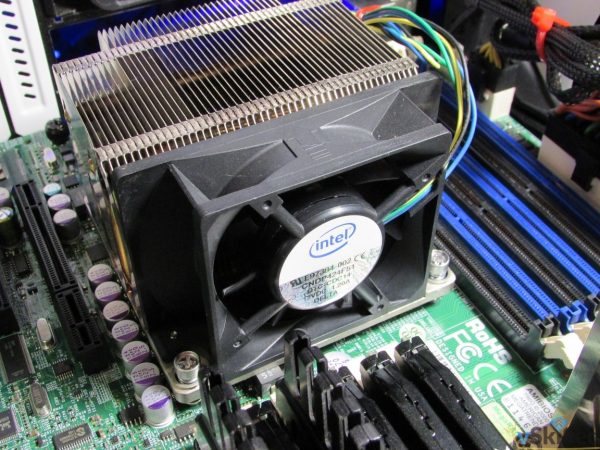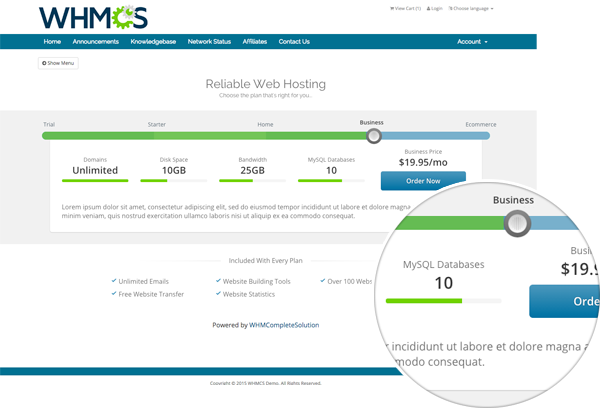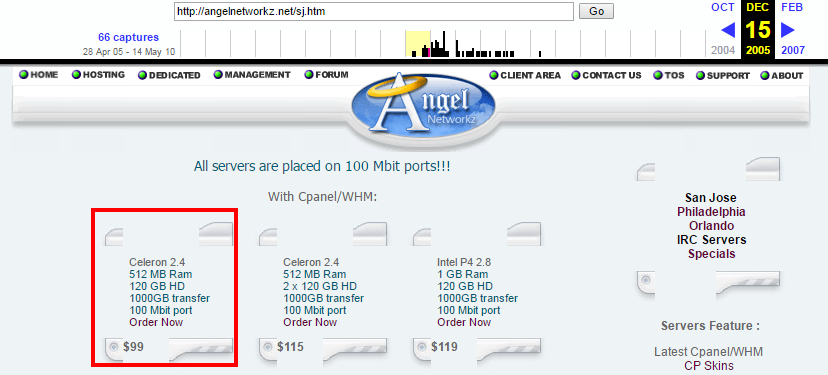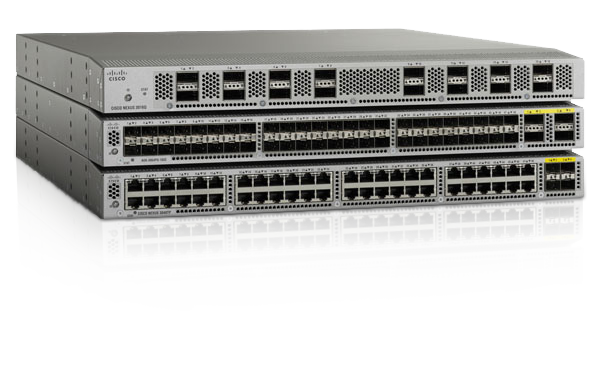
A question I see often is what firewall is the best for a home/residential environment? Before I get into that, we must realize that the majority of non tech-savvy people do not even have a firewall, or they have one but it’s not enabled/configured correctly, or they’re just not sure. In an age where we see more weaponized vulnerabilities and threats year after year – this is a huge problem. The problem though, is as big as an issue for consumers as it is for businesses such as ISPs and network device manufactures.
“Home router firmware hasn’t change much over time. In early 2016, The Wall Street Journal looked at the security capabilities of the top 20 home routers. Only six of those had up-to-date firmware at that time, and just two of them had good password processes. The recent ASUS settlement with the Federal Trade Commision over the critical security flaws in their home routers is further proof that home router manufacturers don’t take security seriously. Today’s home router selections don’t offer you the flexibility to set up your network the way you see fit. They also don’t provide you visibility into the devices that are connecting to your network“ says Untangle.
There is a wide array of security practices that would probably make you shake your head. Just the other day I was at my parents place and found that the ISP provided modem/gateway’s firewall was set to “NAT only”. The firewall was disabled and it even stated that this was the default option and that enabling the firewall was “optional”. I would highly suspect that this is the default configuration for all of the ISP’s customers. This means the firewall functionality and security legwork is responsibility of the end-device. Scary! Continue reading…








